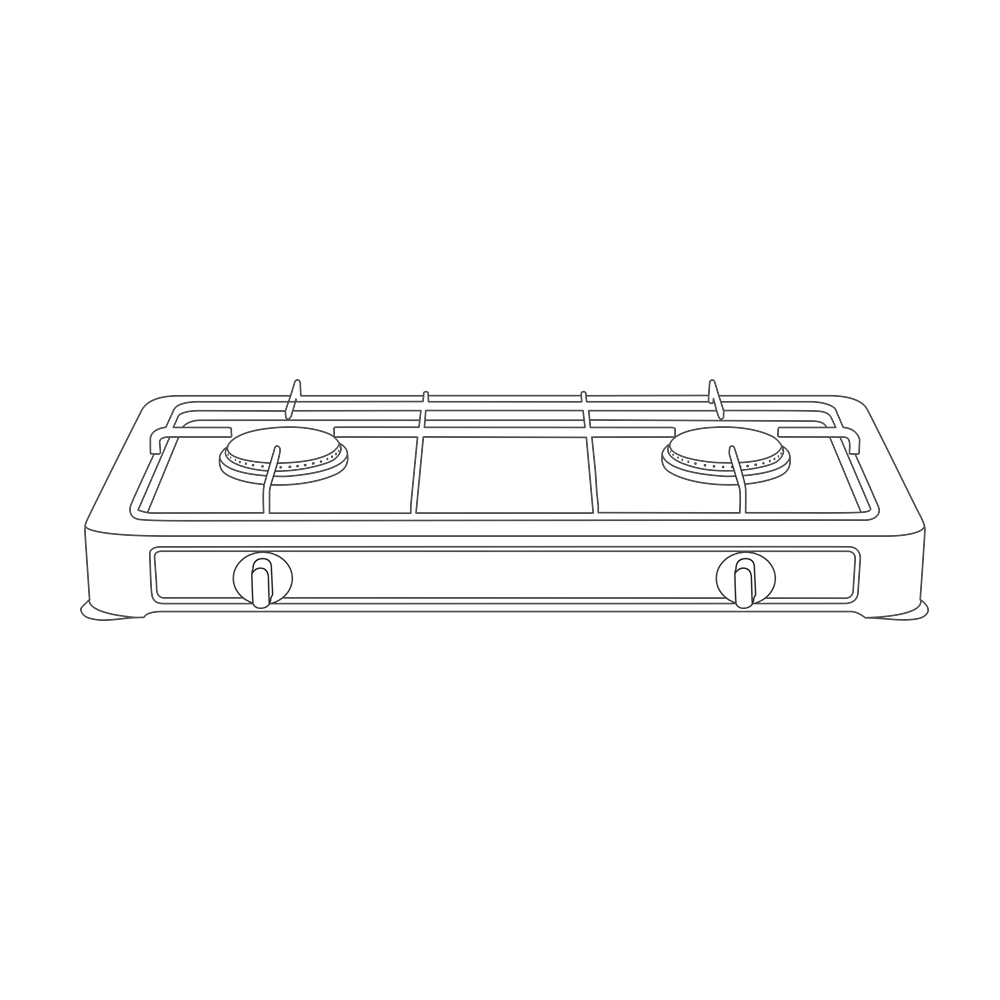How to Install a Range Hood?

A cooker hood is a valuable addition to the kitchen for removing fumes and gases from stoves and cooktops. Once you have installed a range hood, you can say goodbye to greasy cooking oil. Here are some things to know about installing and maintaining a range hood.
The basics of installing a cooker hood
Range hoods are placed directly above a countertop-based cooktop or stove. Range hoods have a large downward-facing fume hood that collects smoke or vapor and uses a multi-speed fan to push it out of the house through an aluminum filter. The ductwork usually runs from the side of the house - above the level of the range hood - or straight up through the roof.
Range hood use and maintenance skills
Wash metal filters with hot water and detergent at least once a month. Rinse with cold water and let it dry completely before reinstalling.
Filters should always be installed in the same orientation. Look for imprinted arrows or instructions on the filter.
Clean the cooker hood with a sponge, warm water, and mild detergent. Never use abrasive cleaners.
Most range hood fans are permanently lubricated and do not require re-oiling. However, see the instructions to see if any lubrication is required.
Clean the inside of the pipes regularly to remove grease and other debris that could catch fire.
Installation steps
Determine the pipeline route
Route your plumbing system by looking at your kitchen and determining the shortest path to the outdoors. Also, try to add the minimum number of elbows to the piping system. Even if the wall route is short, many elbows may be required, making the roof route a better choice. Never run pipes into attics or other enclosed spaces.
Install the plumbing system
Starting from the outside of the house, use a hole saw to cut the siding or roof in this direction. Cut the hole slightly larger than the diameter of the pipe. Leave about 3/4" of the pipe protruding so it can attach to the lid.
Run the duct back to the range hood. Always use metal piping materials, never plastic. Never leave joints unsealed. Be sure to sew the connection with foil tape.
Cover the pipes
Cover pipes in house siding or roof. Secure the cover to the wall or roof and caulk thoroughly. If this is a roof installation, be sure to put the shingles back on the apron of the pipe and seal all nail heads, and cut areas with roof cement.
Prepare the installation area
Inside the house, drill an opening for electrical wiring and plumbing. Most range hoods will have some type of mounting system. In some cases, it may be a simple direct mount system with four screws up the prescribed way (if the cabinet is on top) into place and the hood locks with a keyhole slot. In other cases, the hood may have a metal receiver plate that is screwed into place and the hood can be slid in later.
Running wires
Wires may enter the range hood area from above the cabinet or through the wall to the side. Pull the cable through at least 6 inches. Tear (peel) the jacket back, separate the wires, remove the protective paper, and strip the copper wires.
Put the range hood in place
The range hood should be directly above the cooking area, with the wires going through the holes in the wall or cabinet. The plumbing connector should slide into the plumbing system. The hood should be flush with the cabinet. Bring the wires into the cooker hood electrical box and make the correct electrical connections. Reinstall the electrical box cover.
Fixed range hood
If this is a direct mount cooker hood, make sure the screws are still in the slot part (not the round part), then use a Phillips screwdriver to tighten them into place. If the cooker hood has a receiving plate, follow the manufacturer's instructions to slide the cooker hood into place.
The above is the detailed steps of the range hood. If you plan to buy a range hood, please contact us.
Greaidea is a high-quality custom kitchen appliances manufacturer with 20 years of experience. In our R&D department, 16 engineers are employed to guarantee our R&D advantage and continuous improvement. Spend 3% of revenue on research and development each year. With an excellent manufacturing team and quality control team, we can achieve an annual output of 800,000 gas stoves and 300,000 range hood products of the best quality.












